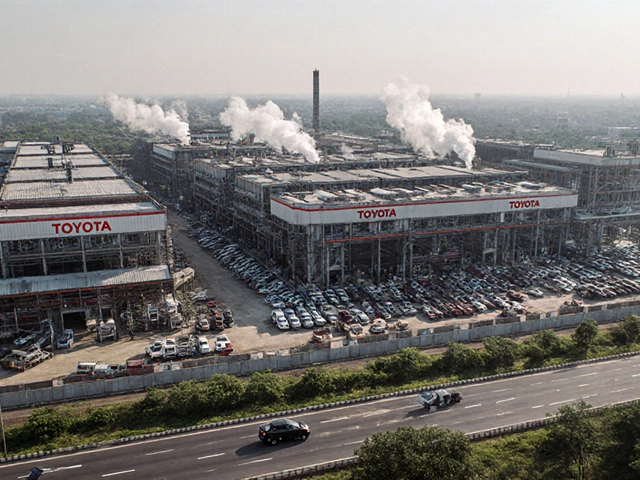Indian Automobile Regulation: What You Need to Know
India’s auto rules can feel like a maze, but you don’t have to get lost. Whether you’re a maker, a dealer, or just a car owner, the basics boil down to emissions, safety, registration, and taxes. Let’s break each piece down in plain English so you can stay on the right side of the law.
Emission Norms and the Shift to BS‑VI
Since April 2020 the country moved to BS‑VI standards, the toughest soot and nitrogen‑oxide limits ever in India. That means every new vehicle must have a diesel particulate filter or a petrol engine with a gasoline particulate filter. If you’re buying a used car, check the engine code – older models still on BS‑IV can’t be sold as new. For manufacturers, the rule forces a redesign of fuel systems and regular testing at approved labs.
Safety Standards, Registration & Taxes
Safety isn’t just airbags. The Indian Motor Vehicles Act mandates crash‑worthy structures, ABS on all new cars, and mandatory seat‑belt reminders. Registration has to happen within 30 days of purchase, and you’ll need a valid insurance policy before you hit the road. Road tax varies by state, but the base rate is about 6‑8 % of the vehicle’s price. Keep your RC (registration certificate) handy – penalties for missing it can run into thousands.
Electric vehicles (EVs) are getting special attention. The FAME‑II scheme offers subsidies up to ₹1.5 lakh on eligible EVs, and many states waive registration fees for electric cars. However, you still need to follow the same safety checks and obtain a valid insurance certificate.
If you’re a manufacturer, compliance starts with getting a Type Approval from the Automotive Research Association of India (ARAI). That approval covers emissions, safety, and durability tests. Missing any of these can halt production and attract hefty fines. Keep records of every test and update them whenever you tweak a model.
For owners, a quick compliance checklist can save headaches: 1) Verify the BS‑VI badge on the engine, 2) Check that the safety label shows ABS and airbags, 3) Ensure insurance is active, 4) Register the vehicle within a month, and 5) Pay the state road tax on time.
Penalties vary, but they’re designed to be a strong deterrent. Driving a non‑compliant vehicle can lead to a ₹5,000‑₹10,000 fine, plus possible impound. Manufacturers caught skipping emission tests face fines up to ₹10 million and may lose their production licence. The enforcement agencies are stepping up spot checks, especially on high‑pollution cities.
Bottom line: stay updated, keep paperwork tidy, and choose vehicles that meet the latest standards. By doing so, you avoid fines, protect the environment, and enjoy a smoother ride on India’s roads.
Understanding India's 15-Year Car Rule
In India, the 15-year car rule has significant implications for vehicle owners and manufacturers. It dictates the lifespan of vehicles in major cities, aimed at reducing pollution and encouraging the use of newer and safer cars. This article explores what the rule entails, its impact on car owners, and the options available once a vehicle reaches this age limit. Understanding this regulation can help car owners make informed decisions about buying, selling, or recycling cars.
Read More




